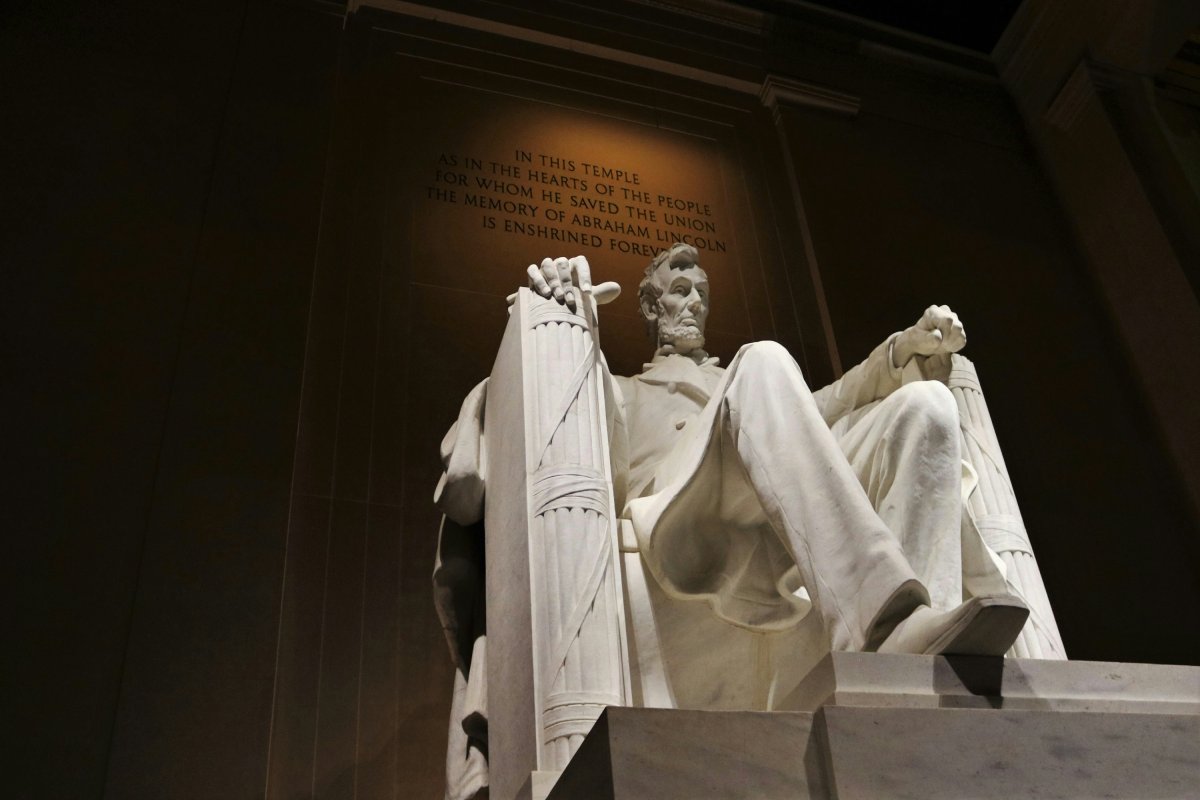Trump vs. Harris on International Travel and Visas

Skift Take
Whoever sits in the White House is going to influence the flow of travel into the U.S.
The next U.S. president is going to preside over the one of the most popular tourist destinations in the world and can influence how many travelers from abroad can come to the U.S.
Skift reviewed data on international travel from the U.S. Commerce Department and visa issuances from the U.S. State Department during the past two administrations.
The Covid-19 pandemic that began in March 2020, the last year of the Trump presidency, complicates the comparison. Keep in mind the following points:
- For much of 2020 and 2021, countries around the world closed their borders. International travel into the U.S. was restricted: We focused more on the first three years of the Trump presidency, which weren’t affected by Covid.
- In 2020 and 2021, the State Department had reduced visa processing operations at embassies and consulates.
- By the end of 2023, the U.S. had relaxed all restrictions and requirements on international travelers. In addition, other countries also relaxed their restrictions and requirements.
International Travel to the U.S.
Trump: Early gains and then flat.
Biden-Harris: Rapid growth off a low base but not back to 2019 levels.
In 2017, President Donald Trump enacted travel bans on citizens on Iran, Iraq, Libya, Somalia, Sudan, Syria, and Yemen — Muslim-majority countries. None of the countries on the travel ban list were in the top 20 source markets for the U.S.
But relations with China — which was a top tourism source — were tense. In mid-2018, the Chinese government issued a security advisory warning its citizens about the safety of traveling to the United States. Chinese visitor arrivals dropped from 3.2 million in 2017 to 2.8 million 2019.
While arrivals from China declined, other large source markets like France and the UK continued to grow, according to the U.S. National Travel and Tourism Office.
Overall, international visitation to the U.S. grew by over 2 million between 2017 and 2018. In 2019, however, there was a decrease of 300,000.
In 2020, international travel to the U.S. nosedived due to the pandemic. Trump suspended entry into the U.S. on foreign travelers who had been to the UK, Ireland, Iran, Brazil, China and several European countries within 14 days prior to their arrival.
In 2021, President Joe Biden restricted entry for travelers who’ve been to India and eight African countries. By the end of the year, his administration revoked all travel bans and replaced them with Covid-19 screening requirements.
International travel started to pick back up in 2021 and has been slowly recovering toward 2019 levels.
During Biden’s presidency, relations between China and the U.S. have also been tense, slowing the recovery of Chinese tourism. Geopolitical tensions have been one reason why the number of flights between the two countries have not returned to their pre-pandemic levels, making airfares more expensive and the U.S. less accessible to Chinese tourists.
Another contributing factor to the slow resumption of flights between the U.S. and China has been the closure of Russian airspace to U.S. carriers. In 2023, the U.S. received 1.1 million Chinese visitors.
In addition, in 2023, the dollar was strong, making the U.S. more expensive for travelers from countries like Japan with weaker currencies.
In 2016, the last year of the Obama presidency, 76.4 million international travelers visited the U.S.
| International Visitors | |
| Trump | Biden |
| 2017: 77.2 million | 2021: 22.3 million |
| 2018: 79.8 million | 2022: 50.9 million |
| 2019: 79.4 million | 2023: 66.5 million |
| 2020: 19.2 million | 2024: N/A |
Visas Issued to International Travelers
Trump: Steady declines.
Biden-Harris: Rebound in visa issuance.
To get into the U.S., many foreign travelers need a visitor visa from the State Department. Travelers from India, Mexico, China and Brazil — some of America’s biggest source markets — require a visitor visa to stay in the U.S.
During Trump’s time before the pandemic, the number of visitor visas dropped, according to the State Department’s data. The administration implemented more enhanced screening, vetting and denials of visa applicants from countries flagged for higher security concerns like China.
Under Biden, the State Department expedited visitor visa application reviews to a resolve the backlog built up during the pandemic and reduce wait times. In 2023, the State Department filled its consular positions back to pre-pandemic levels.
The State Department used the visa interview waiver authority to allow its staff to remotely resolve “tens of thousands of applications each week,” allowing embassies with higher wait times to focus on applicants who require an in-person appointment, said a State Department spokesperson.
In the 2016 fiscal year, the State Department issued 6.9 million visitor visas.
| Total B-1, B-2, B-1/B-2 Visa Issuances | |
|---|---|
| Trump | Biden |
| 2017: 6.3 million | 2021: 831,000 |
| 2018: 5.8 million | 2022: 3.3 million |
| 2019: 5.4 million | 2023: 5.9 million |
| 2020: 2.2 million | 2024: N/A |
Related
Turkish Airlines and Qatar Airways Suspend Mogadishu Flights Following US…
Home » Airlines News of Qatar » Turkish Airlines and Qatar Airways Suspend Mogadishu Flights Following US Embassy Terror Alert, Raising Security Concerns at
Local tourism destinations grow fast
Men sit at the Doha Corniche backdropped by high buildings in Doha on March 3, 2025. Photo by KARIM JAAFAR / AFP DOHA: Local tourism destinations are g
Hajj, Umrah service: Qatar Airways introduces off-airport check-in for pilgrims
Image credit: Supplied Qatar Airways has introduced an off-airport check-in
IAG, Qatar Airways, Riyadh Air, Turkish Airlines, Lufthansa & more…
Turkish Airlines – a Corporate Partner of the FTE Digital, Innovation & Startup Hub – is charting a course to rank among the top 3 global airlines for












